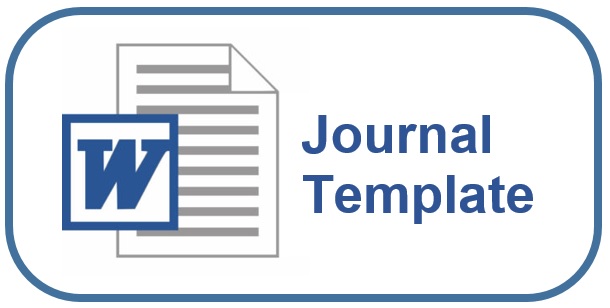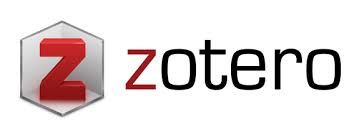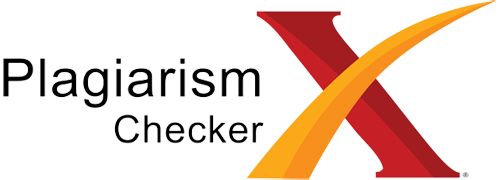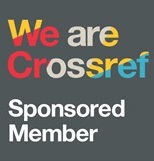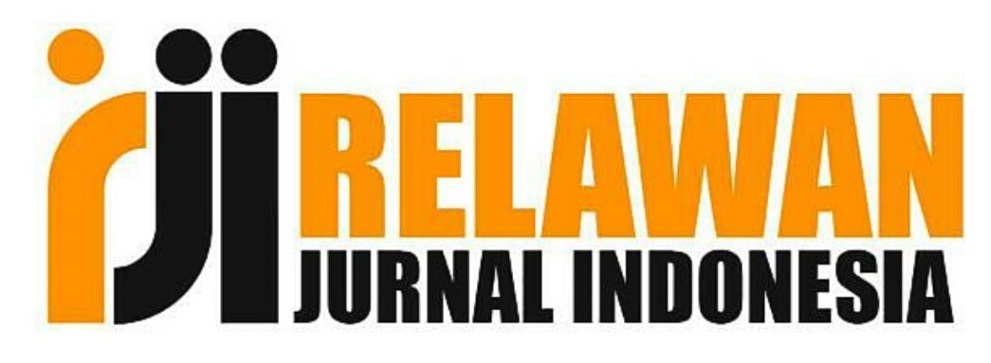Vitamin A dan Obat Cacing untuk Anak di RT 49 Sepinggan pada Masa Pandemi Covid-19
DOI:
https://doi.org/10.36277/abdimasuniversal.v3i2.122Keywords:
Vitamin A, Worm MedicineAbstract
The purpose of this PkM is to find out how the service of providing vitamin A and deworming medicine during the Covid-19 pandemic to children in Sepinggan Village and how parents responded to the administration of Vitamin A and Deworming medicine during this pandemic The research subjects here are children who are in Melati Housing Phase 5, Sepinggan Village. Data collection methods are interviews and documentation. Interviews were conducted with parents and children. While the documentation is in the form of the name of the child who was given vitamin A and worm medicine. The data analysis technique uses source triangulation. Based on the results, it was found that vitamin A was given to toddlers, blue was given to children under 1 year of age, while red vitamin A was given to toddlers aged 1 to 5 years. Children aged 1 year to 2 years are given deworming medicine, which is half a tablet, while for children from two years to 12 years, one tablet of deworming is given. The parents' response was very good for this gift, because parents don't need to come to the puskesmas to ask for Vitamin A and Deworming Medicine, there is already a representative from the Posyandu to give Vitamin A tablets and Deworming Medicine, besides that during this pandemic, parents are also very worried to crowd and congregate in too many numbers.
Downloads
References
Almatsier S, Soetardjo S, & Soekatri M. (2011). Gizi seimbang dalam daur kehidupan. Jakarta, Indonesia: Gramedia Pustaka Utama.
Candra, Aryu. 2017. Pengaruh Suplementasi Seng dan Zat Besi Terhadap Berat Badan dan Tinggi Badan Balita. JNH (Journal of Nutrition and Health), 5(1), 37-44.
Departemen Kesehatan Republik Indonesia.Profil Kesehatan Indonesia. (2009). Jakarta: Departemen Kesehatan RI, p.53-4.
Kementerian Kesehatan Republik Indonesia. (2016). Buku Kesehatan Ibu dan Anak. Jakarta. Kementerian Kesehatan RI.
Kementrian Kesehatan RI. (2016). Data dan Informasi Profil Kesehatan Indonesia. Jakarta Pusat Data dan Informasi Kementrian Kesehatan.
Kementerian Kesehatan Republik Indonesia. (2018). Riset Kesehatan Dasar 2010. Jakarta. Badan Penelitian dan Pengembangan Kementerian Kesehatan RI.
Muliah, N., Wardoyo, A.S., & Mahmudiono, T. (2017). Hubungan Frekuensi Penimbangan, Penggunaan Garam Beryodium, Dan Pemberian Vitamin A Dengan Kejadian Underweight Pada Balita Di Provinsi Jawa Timur. Media Gizi Indonesia, 12(1), 40–46. http://dx.doi.org/10.20473/mgi.v12i1.40-46.
Murage, E.W., Crispin, N., Katherine R., & Peninah, M. (2012). Vitamin A supplementation and stunting levels among two year olds in Kenya: Evidence from the 2008-09 Kenya demographic and health survey. International Journal of Child Health and Nutrition, 1(2), 135-147. https://doi.org/10.6000/721
Saptiwi, Betty., dkk. 2021. Pendidikan Kesehatan tentang Personal Hygiene dan Pemeriksaan Kecacingan pada Anak Berkebutuhan Khusus di SLB Anugerah, Colomadu, Karanganyar. Abdimas Universal, 3(1), 1-7. https://doi.org/10.36277/abdimasuniversal.v3i1.86.
Sengeng, Ambo. (2019). Faktor-Faktor Yang Berhubungan Dengan Pemberian Vitamin A Pada Balita di Posyandu Flamboyan Wilayah Kerja Puskesmas Rawasari. Jurnal Poltekkes Jambi, 13(4), 201-207.
Siregar, P.A. (2019). Perilaku Ibu Nifas Dalam Mengkonsumsi Kapsul Vitamin A Di Kecamatan Kota Pinang Kabupaten Labuhanbatu Selatan. Jurnal Kesehatan, 12(1), 47-57. https://doi.org/10.24252/kesehatan.v12i1.7934
WHO. (2012). Research Prioritas for Helminth Infection. WHO Techn Rep Series. WHO Bull.
Yanti, K.D. (2015). Faktor – Faktor Yang Berhubungan Dengan Status Gizi Buruk Pada Balita Di Desa Kute Kecamatan Pujut Kabupaten Lombok Tengah Nusa Tenggara Barat. Jurnal Gizi dan Kesehatan, 7(15), 121-132.


